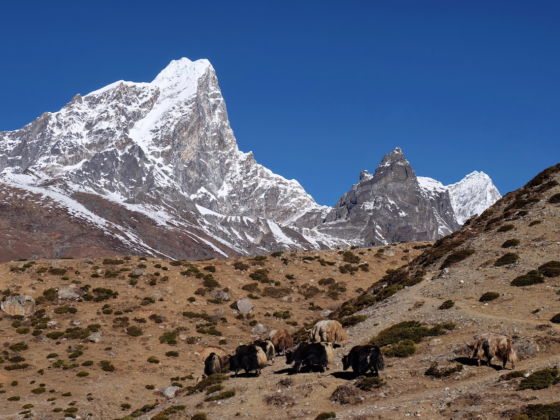We tend to measure the effects of global warming by looking at melting glaciers, but at a lower altitude, things are also changing dramatically. According to researchers from Exeter University, on Mount Everest, the area between the treeline and snow line — an ecosystem known as subnival — is experiencing an increase in vegetation like grasses and shrubs, which might have disastrous effects on the region’s water supply.

Global Warming Is Increasing Vegetation Around Mount Everest
The study explains that the region surveyed, Hindu Kush, feeds the 10 largest river systems in Asia and supplies about 1.4 billion people with water.
In the Arctic, increased vegetation produced a warming effect, as the plants absorbed more light and warmed the soil. The same might happen in the Mount Everest subnival region, where seasonal snow could then melt quicker and lead to floods.
However, the lack of study of this particular ecosystem prevents scientists from making definitive conclusions on what increased vegetation will do. It is possible that the vegetation will have a cooling effect.
The actual long-term effect of increased vegetation in the Himalayas, however, remains to be seen. “We really don’t know much about this area,” said Anderson, “and we need to direct research attention towards it because it’s a major part of the water supply story in the Himalayas.”